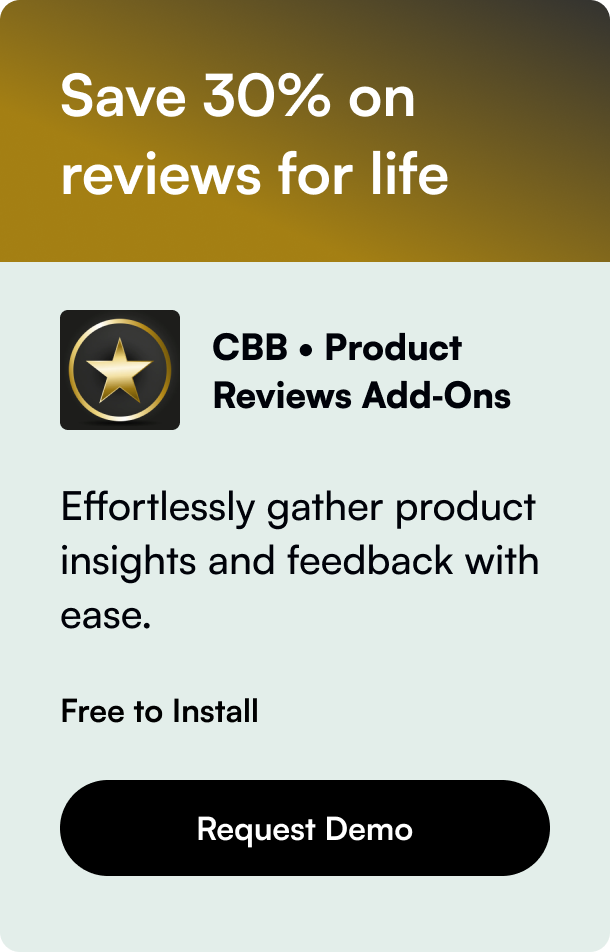Table of Contents
- Introduction
- The Importance of Knowing Your Shopify Catalog ID
- Method 1: Using Facebook Business Manager
- Method 2: Using Shopify Admin
- Best Practices and Tips for Catalog ID Integration
- FAQ: Further Clarifications on Shopify Catalog IDs
Introduction
Imagine this: you've just set up your Shopify store, teeming with anticipation to integrate it with Instagram Shopping, only to hit a roadblock – Instagram asks for your Shopify Catalog ID. What's that? Where do you find it? If this scenario sounds familiar, or if you're planning to enhance your store's online presence, this guide is precisely what you need.
The integration of Shopify catalogs with major social platforms like Facebook and Instagram has become a pivotal strategy for digital marketing. It not only increases the visibility of your products but also significantly boosts sales opportunities by tapping into vast social media audiences. However, the first step in this process – finding your Shopify Catalog ID – can often be confusing.
In this blog post, we'll unlock the mystery of locating your Shopify Catalog ID. Whether you're looking to add your Shopify store to Instagram, utilize Facebook Shopping, or integrate other platforms, understanding how to find and use your Catalog ID is crucial. We'll cover step-by-step methods, dive deep into why it matters, and share pro tips to maximize your outreach efforts effectively.
The Importance of Knowing Your Shopify Catalog ID
Before diving into the "how," let's understand the "why." The Shopify Catalog ID is not just another number. It's a unique identifier used by Shopify to keep tabs on your store and all its listed products. This ID becomes especially important when integrating your Shopify store with external platforms such as Facebook and Instagram for shopping features.
These integrations allow you to utilize dynamic ads, tagging products in posts, and setting up Instagram shop tabs, making your products more discoverable and purchasable directly through these platforms. It bridges the gap between browsing and buying, creating a seamless path to purchase for your potential customers.
Method 1: Using Facebook Business Manager
Integrating your Shopify store with Instagram Shopping and Facebook requires a Facebook Commerce Account. Once you have an account, follow these steps:
- Navigate to Facebook Business Manager. This is your central hub for managing your integrations.
- Access the Commerce Manager from the menu options.
- Go to Settings and then Catalog. In this section, your Shopify Catalog ID will be displayed prominently, ready to be copied and used as needed.
Using the Facebook Business Manager is a straightforward method, provided all your accounts are set up and linked correctly.
Method 2: Using Shopify Admin
For those who prefer not to use or don't have a Facebook Business Manager, finding your Catalog ID through the Shopify Admin panel is an alternative route:
- Log in to your Shopify Admin Dashboard. This is where you manage all aspects of your Shopify store.
- Access the Facebook sales channel. Assuming you've already set up this channel, navigate to its settings.
- Look for the Catalog ID. Similar to the Facebook Business Manager method, your ID should be visible within the channel settings, ready to be utilized as needed.
While this method is slightly less direct than using Facebook Business Manager, it's an effective alternative for those who prefer staying within the Shopify ecosystem for their setup.
Best Practices and Tips for Catalog ID Integration
Now that you've found your Shopify Catalog ID, here are some best practices and tips to ensure a successful integration:
- Regularly Update Your Catalog: Ensure your catalog remains up-to-date with the latest products and descriptions to provide accurate information across all platforms.
- Use High-Quality Product Images: Visual appeal is key on social platforms. High-quality images can significantly enhance product discoverability and attractiveness.
- Optimize for SEO: Use relevant keywords in your product titles and descriptions to improve visibility during searches on Facebook and Instagram Shops.
- Engage with Your Audience: Utilize social platforms not just for selling but for engaging with your audience. Respond to comments, share user-generated content, and create community around your brand.
FAQ: Further Clarifications on Shopify Catalog IDs
Q: Can I use the same Catalog ID for multiple social platforms? A: Yes, your Shopify Catalog ID can be used across any platform that supports integration, such as Facebook, Instagram, and even Google Shopping.
Q: What if I encounter an error while integrating my Catalog ID? A: Ensure that all information is correctly entered and that your Facebook or Instagram account is properly linked to your Shopify store. If issues persist, contacting Shopify Support for assistance is advisable.
Q: Can I have multiple Catalog IDs for different purposes? A: Typically, one Catalog ID is assigned per store. However, for different stores or for distinct segmentation (such as wholesale vs. retail), you may manage multiple catalogs and corresponding IDs.
Q: Is the Shopify Catalog ID different from the product ID? A: Yes, a Catalog ID represents your entire store’s catalog, while product IDs are unique identifiers for individual products within your catalog.
In conclusion, understanding how to find and use your Shopify Catalog ID is crucial for successfully integrating your store with major social media platforms. By following the outlined methods and best practices, you can enhance your store's online presence, reach a broader audience, and ultimately, drive more sales. Whether you're a seasoned eCommerce merchant or just starting, mastering this aspect of Shopify management will equip you with a valuable tool in your digital marketing arsenal.








